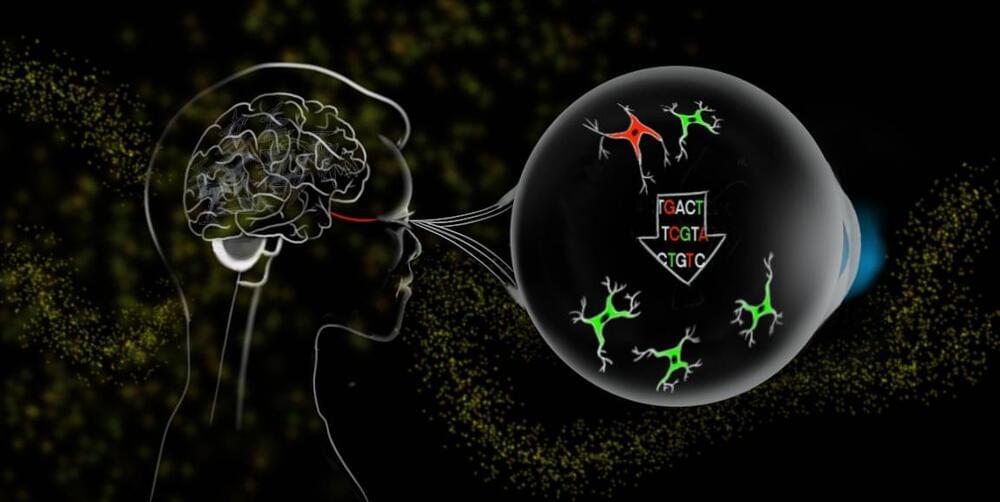Along with climbing homelessness and other societal woes globally this is the time for transhuman ideals to emerge to save lives. We could automate all work and get universal basic income with AI to work for us.
About 61% of Americans are living paycheck to paycheck, an issue that impacts both low-wage and high-income families alike, according to new research from LendingClub.
Low-wage earners are most likely to live paycheck to paycheck, with almost 8 in 10 consumers earning less than $50,000 a year unable to cover their future bills until their next paycheck arrives. Yet even 4 in 10 high-income Americans, or those earning more than $100,000, say they’re in the same position, the research found.
Such a situation is viewed as financially risky because it means those households don’t have enough savings to tide them over in case of an emergency, indicating that they are unable to cover their upcoming bills until their next payday. The rate of Americans who are living paycheck to paycheck is on the rise, up 2 percentage points from a year earlier, the analysis found.







